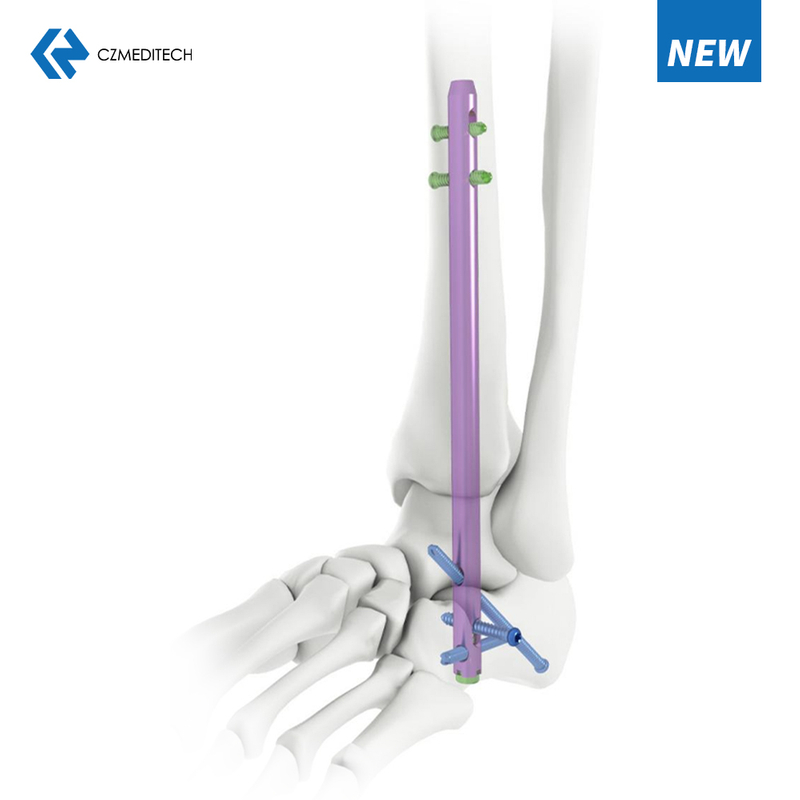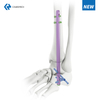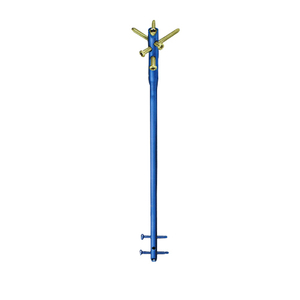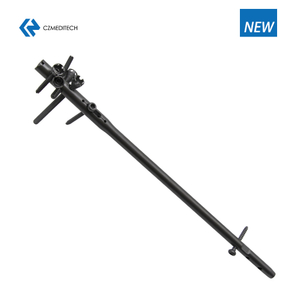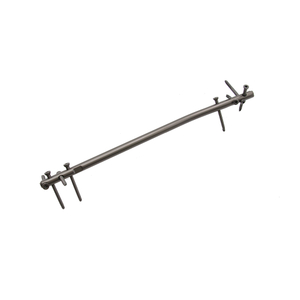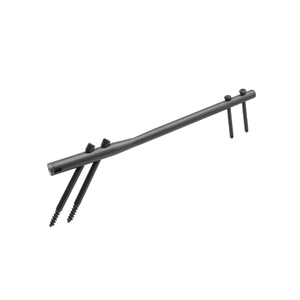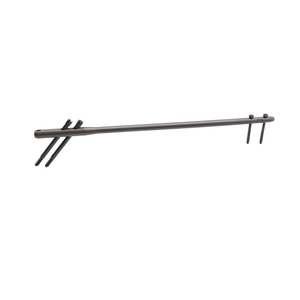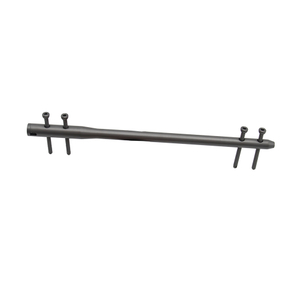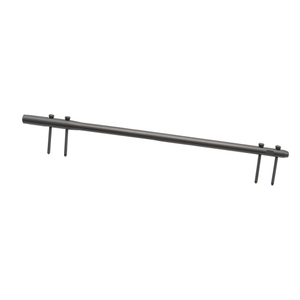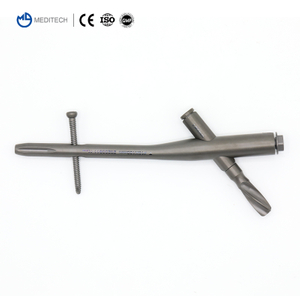Hindfoot Fusion Ankle Nail: A Comprehensive Guide
If you are suffering from hindfoot pain due to arthritis, flatfoot, or any other condition, hindfoot fusion surgery might be recommended as a viable treatment option. Hindfoot fusion surgery involves fusing the bones of the ankle and hindfoot together to create a single, stable structure. One popular method of hindfoot fusion surgery is the use of an ankle nail. In this article, we will explore what hindfoot fusion with an ankle nail entails, the benefits and risks associated with the procedure, and what to expect during the recovery process.
Table of Contents
What is Hindfoot Fusion Surgery with an Ankle Nail?
When is Hindfoot Fusion Surgery with an Ankle Nail Recommended?
Benefits of Hindfoot Fusion Surgery with an Ankle Nail
Risks Associated with Hindfoot Fusion Surgery with an Ankle Nail
How is Hindfoot Fusion Surgery with an Ankle Nail Performed?
Recovery Process for Hindfoot Fusion Surgery with an Ankle Nail
Alternatives to Hindfoot Fusion Surgery with an Ankle Nail
Conclusion
FAQs
1. What is Hindfoot Fusion Surgery with an Ankle Nail?
Hindfoot fusion surgery with an ankle nail is a surgical procedure that involves fusing the bones of the ankle and hindfoot using a specially designed nail that is inserted through the ankle bone. This procedure is typically recommended for patients who have hindfoot arthritis or deformities that cause instability in the hindfoot joint.
The ankle nail, which is made of titanium, is inserted into the ankle bone through a small incision. The nail is then threaded through the ankle bone and into the bones of the hindfoot, where it is secured with screws. Once the nail is in place, the bones are compressed together, and the fusion process begins. Over time, the bones will grow together, forming a single, stable structure.
2. When is Hindfoot Fusion Surgery with an Ankle Nail Recommended?
Hindfoot fusion surgery with an ankle nail is typically recommended for patients who have severe hindfoot arthritis or deformities that cause instability in the hindfoot joint. Some of the conditions that may warrant this surgery include:
Before recommending hindfoot fusion surgery with an ankle nail, your doctor will evaluate your condition and determine if this is the best course of action for you.
3. Benefits of Hindfoot Fusion Surgery with an Ankle Nail
There are several benefits associated with hindfoot fusion surgery with an ankle nail, including:
Increased stability: Hindfoot fusion surgery with an ankle nail creates a stable structure that reduces instability in the hindfoot joint, which can alleviate pain and improve mobility.
Improved alignment: This surgery can also improve the alignment of the hindfoot, which can reduce pain and improve function.
Reduced arthritis symptoms: Hindfoot fusion surgery can reduce the symptoms associated with arthritis, such as pain, swelling, and stiffness.
4. Risks Associated with Hindfoot Fusion Surgery with an Ankle Nail
As with any surgical procedure, there are risks associated with hindfoot fusion surgery with an ankle nail. Some of the potential risks include:
Your doctor will discuss these risks with you and provide information on how to minimize the chances of experiencing complications.
5. How is Hindfoot Fusion Surgery with an Ankle Nail Performed?
Hindfoot fusion Surgery with an ankle nail is typically performed under general anesthesia. Your surgeon will make a small incision on the outer side of your ankle to access the ankle joint. The damaged cartilage in the joint is then removed, and the surfaces of the bones are prepared for fusion.
Next, the ankle nail is inserted through the ankle bone and into the hindfoot bones. Your surgeon will use X-ray guidance to ensure proper placement of the nail. Once the nail is in place, screws are inserted to secure it to the bones.
The bones are then compressed together, and the fusion process begins. Your surgeon may also place a cast or brace on your foot to provide additional support and protection during the healing process.
6. Recovery Process for Hindfoot Fusion Surgery with an Ankle Nail
The recovery process for hindfoot fusion surgery with an ankle nail can vary depending on the individual and the extent of the surgery. In general, you will need to stay off your feet for several weeks following the surgery, using crutches or a walker to get around.
You may also need to wear a cast or brace to keep your foot in place during the initial stages of healing. Your surgeon will provide instructions on how to care for your foot and manage pain during the recovery process.
Physical therapy is typically recommended to help improve mobility and strength in the affected foot. You may also need to wear a special shoe or orthotic device to provide additional support and protection after the healing process is complete.
7. Alternatives to Hindfoot Fusion Surgery with an Ankle Nail
If you are not a good candidate for hindfoot fusion surgery with an ankle nail, there are alternative treatment options available. Some of the options include:
Medications to manage pain and inflammation
Physical therapy to improve mobility and strength
Corticosteroid injections to reduce inflammation
Joint replacement surgery
Your doctor will evaluate your condition and recommend the best course of treatment for your individual needs.
8. Conclusion
Hindfoot fusion surgery with an ankle nail is a viable treatment option for patients suffering from hindfoot pain and instability due to arthritis, deformities, and other conditions. The surgery can provide increased stability, improved alignment, and reduced arthritis symptoms. However, there are risks associated with the surgery, and recovery can take several weeks or even months.
If you are experiencing hindfoot pain or instability, talk to your doctor about the treatment options available to you. Together, you can determine if hindfoot fusion surgery with an ankle nail is the best course of action for your individual needs.
9. FAQs
How long does it take for the bones to fuse together after hindfoot fusion surgery with an ankle nail?
The bones typically take several months to fuse together completely, although you may start to notice improvement in your symptoms within a few weeks.
Will I be able to walk after hindfoot fusion surgery with an ankle nail?
You will need to stay off your feet for several weeks following the surgery, but you should be able to walk again once the bones have healed.
Are there any restrictions on activities after hindfoot fusion surgery with an ankle nail?
You may need to avoid high-impact activities, such as running or jumping, to avoid damaging the healing bones.
Can hindfoot fusion surgery with an ankle nail be performed on both feet at once?
It is possible to perform the surgery on both feet at once, although this can increase the length of the recovery process.
Is hindfoot fusion surgery with an ankle nail covered by insurance?
The surgery is typically covered by insurance, although you should check with your provider to determine your coverage and out-of-pocket costs.

